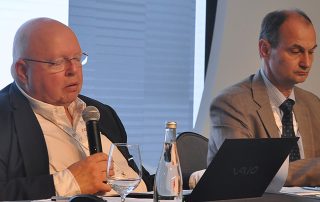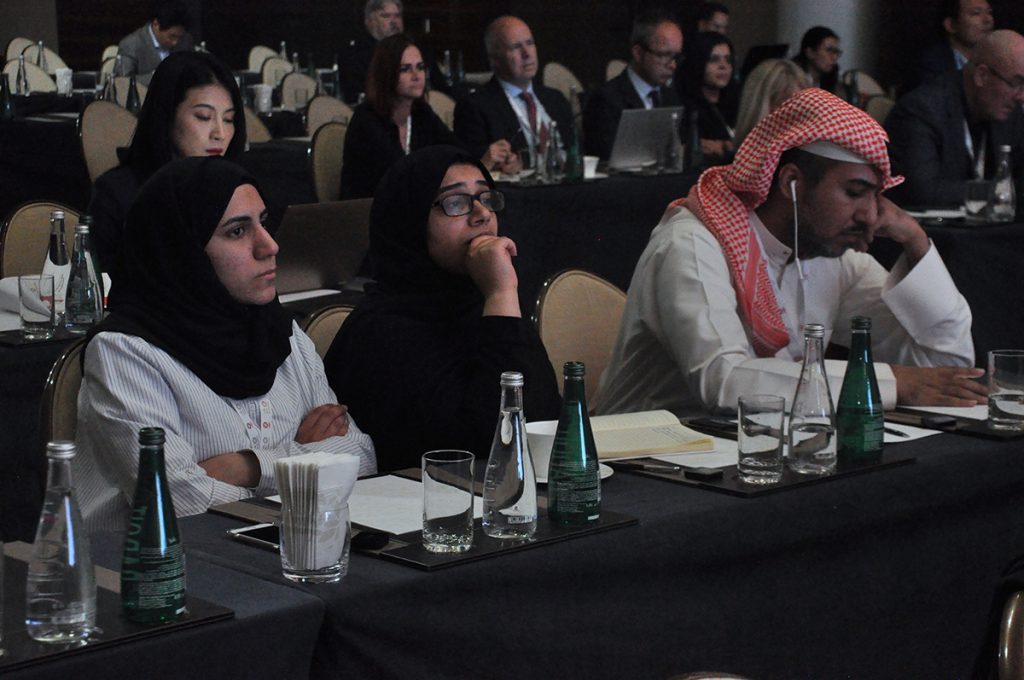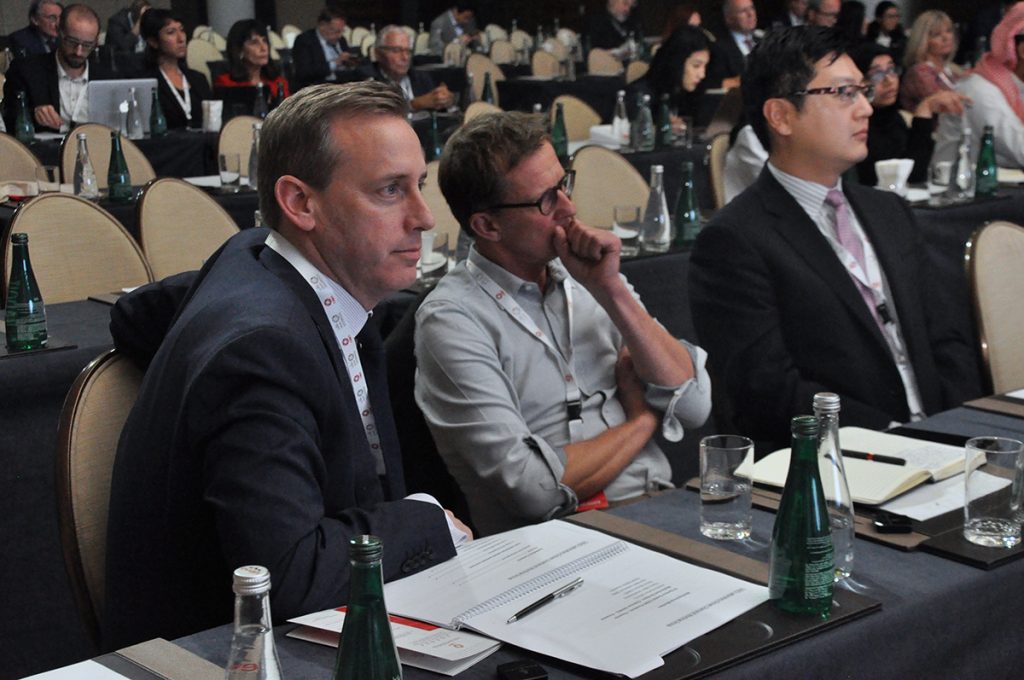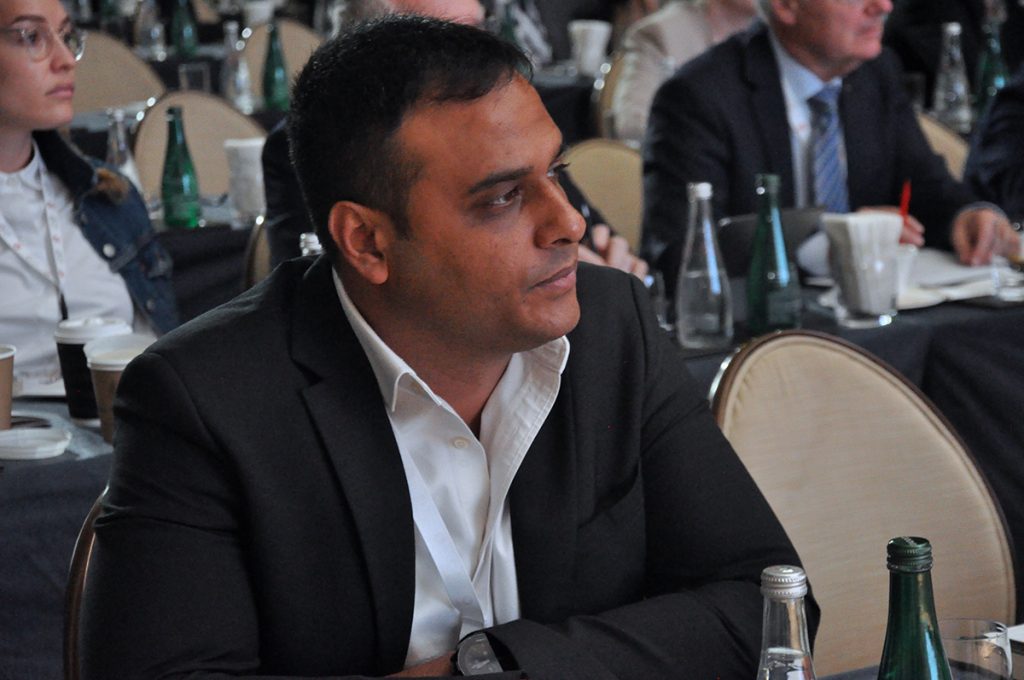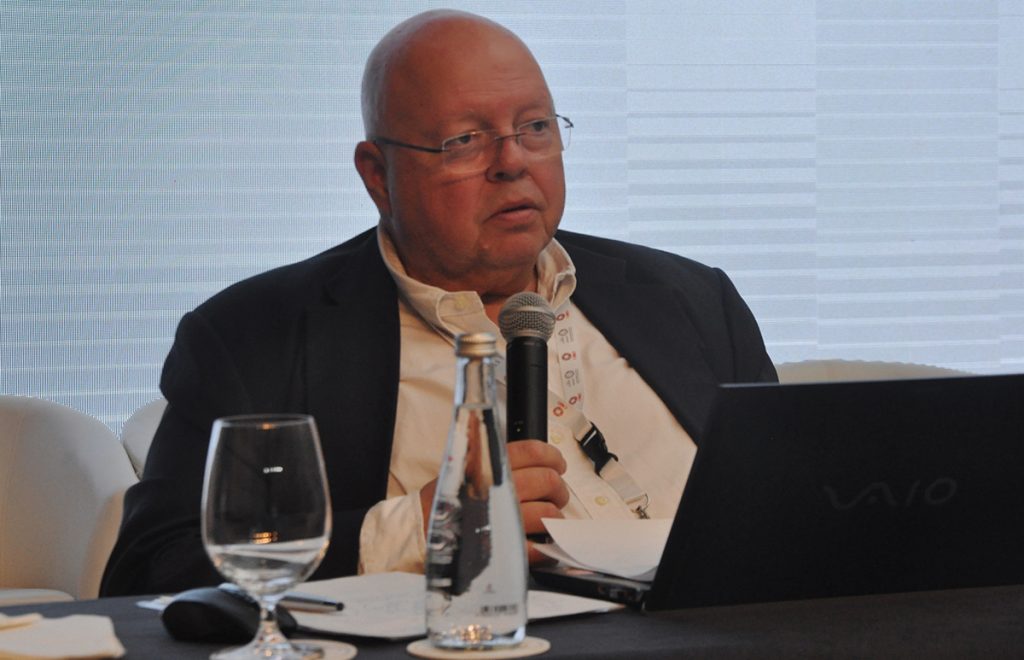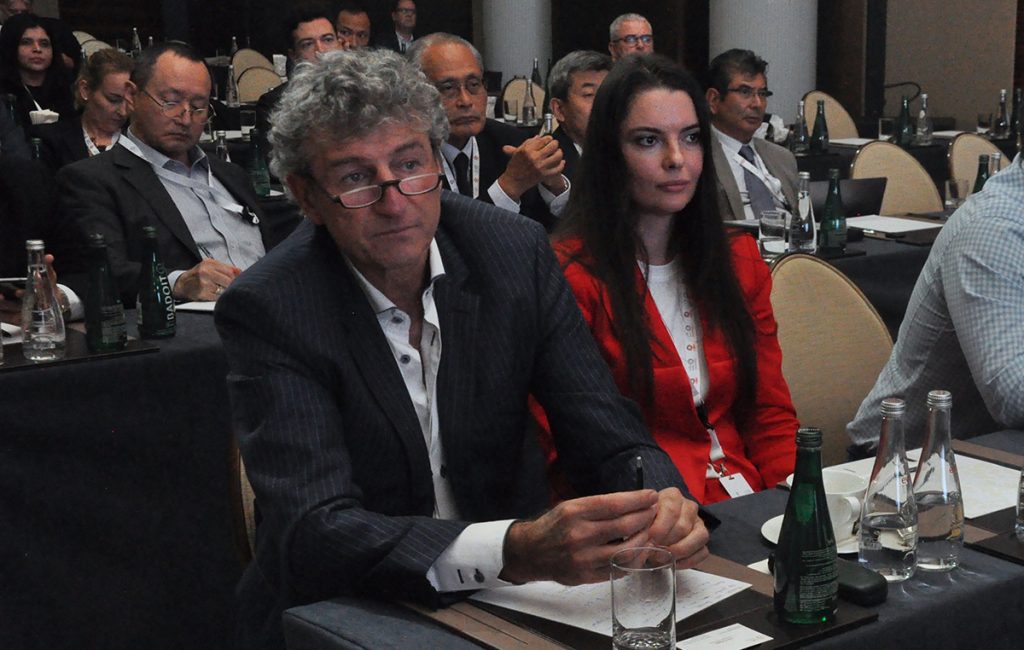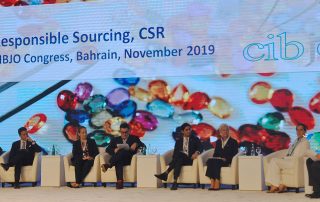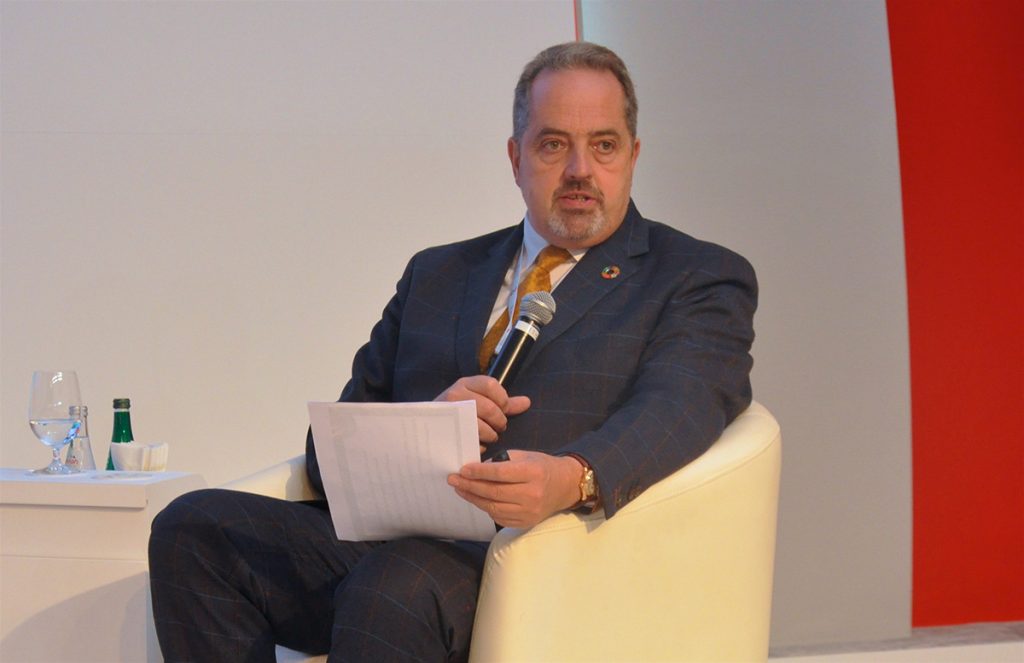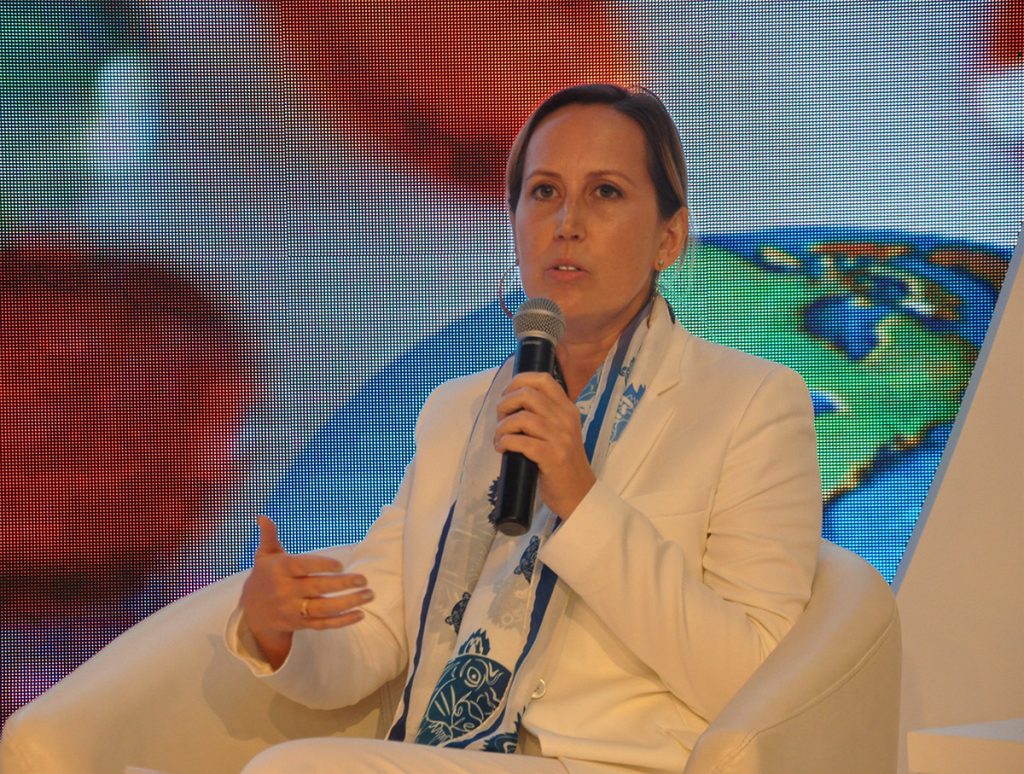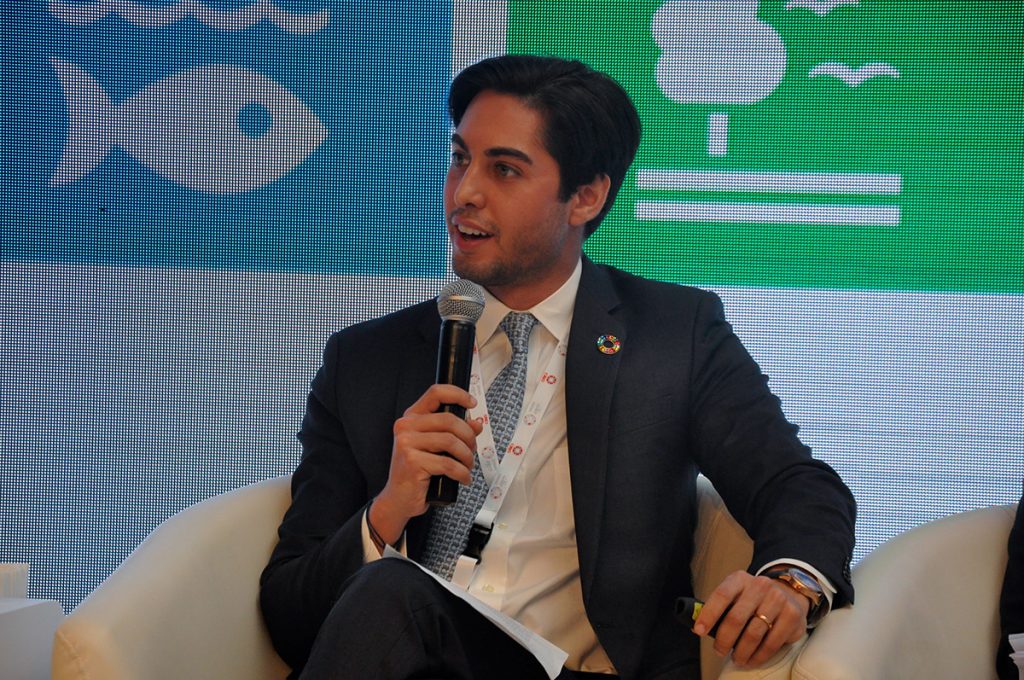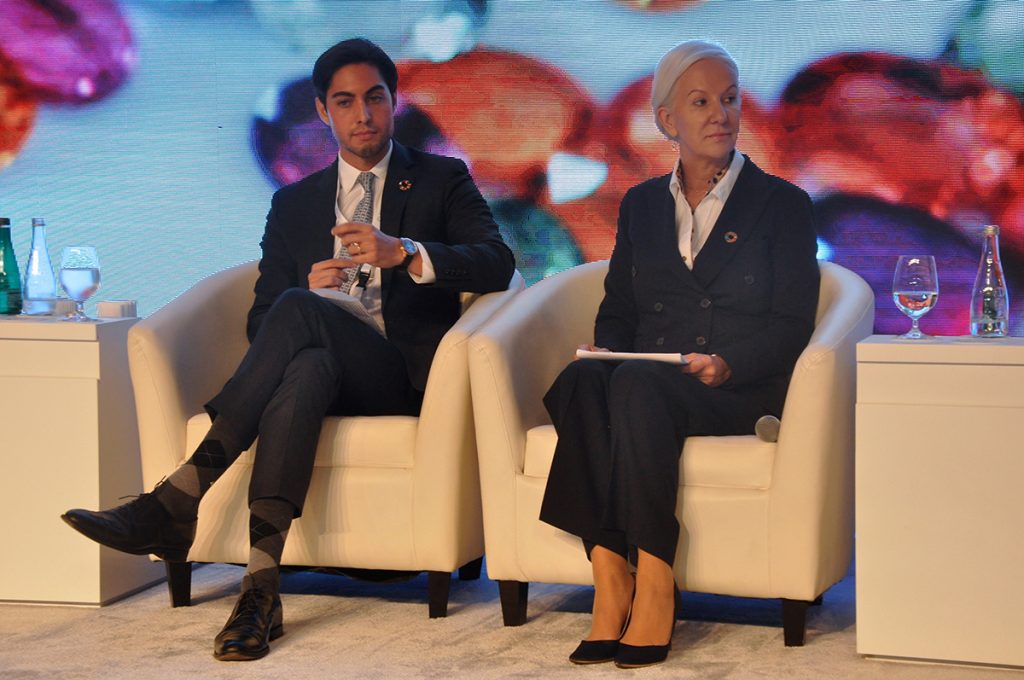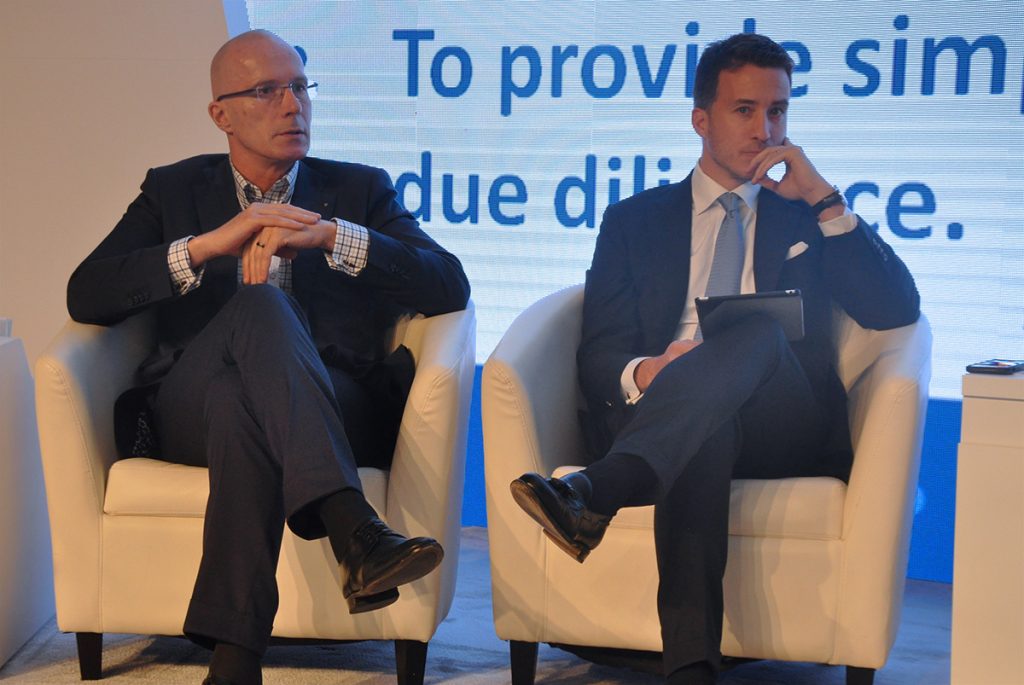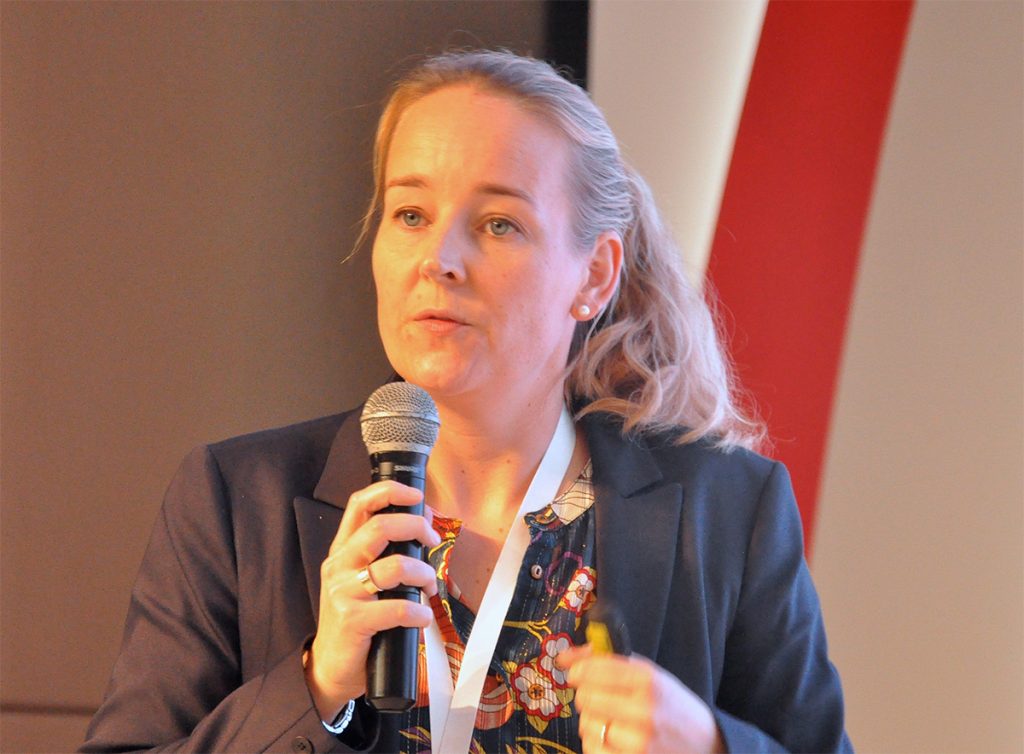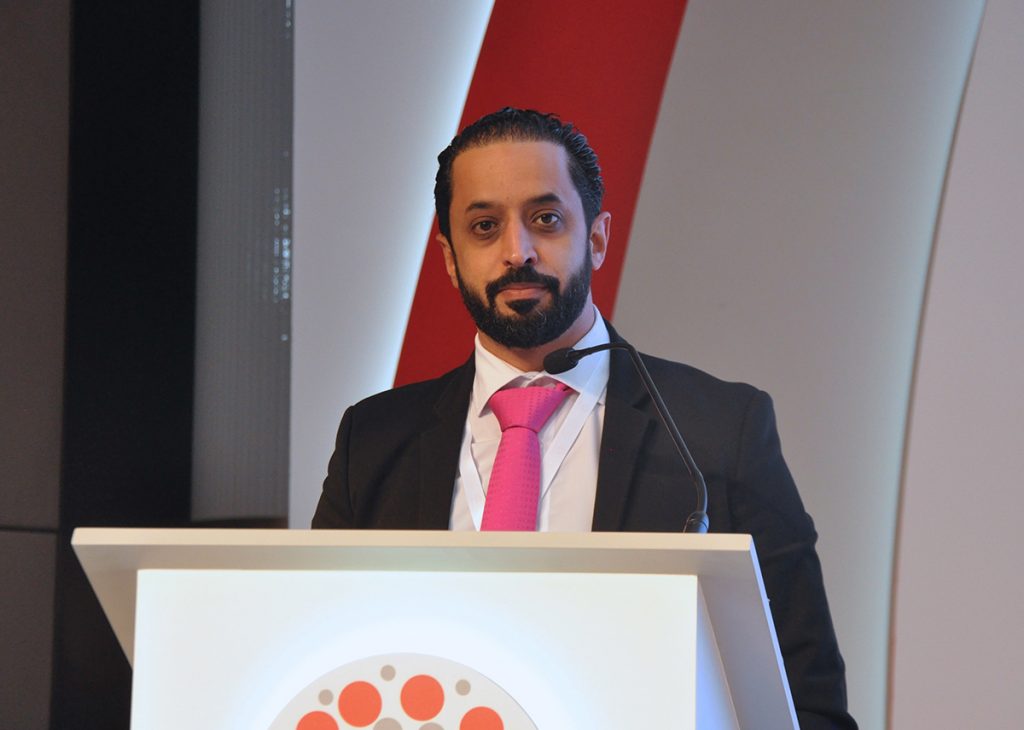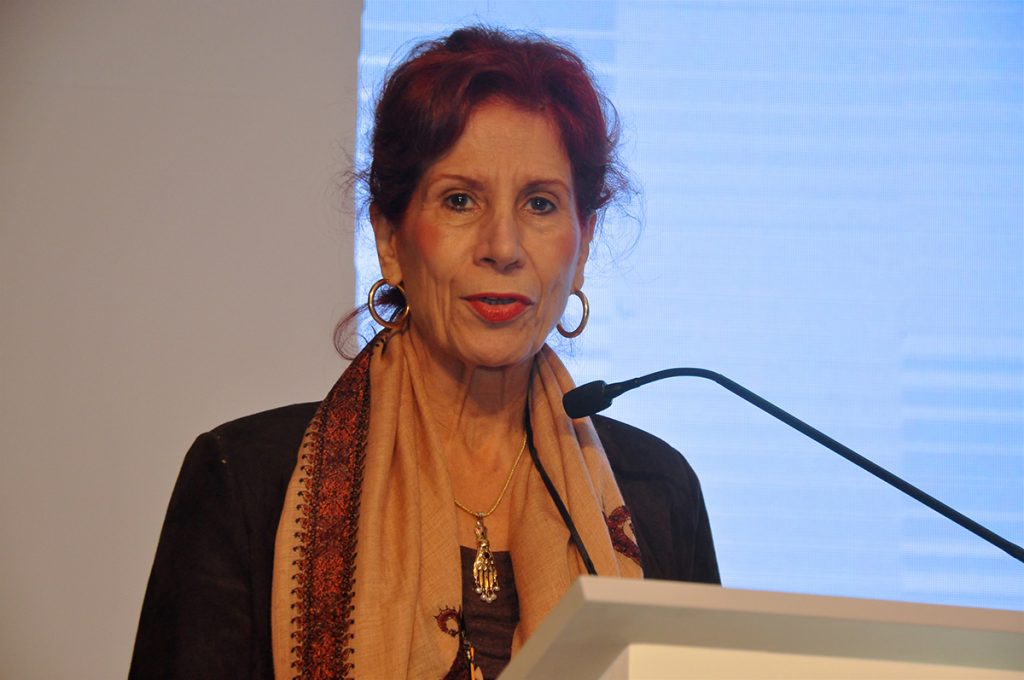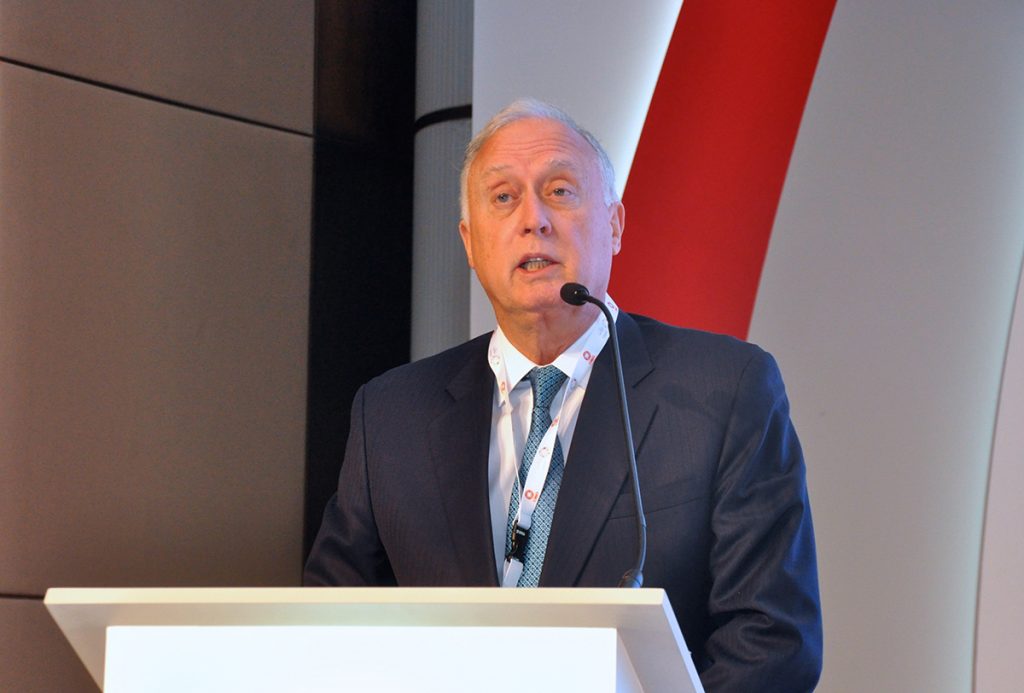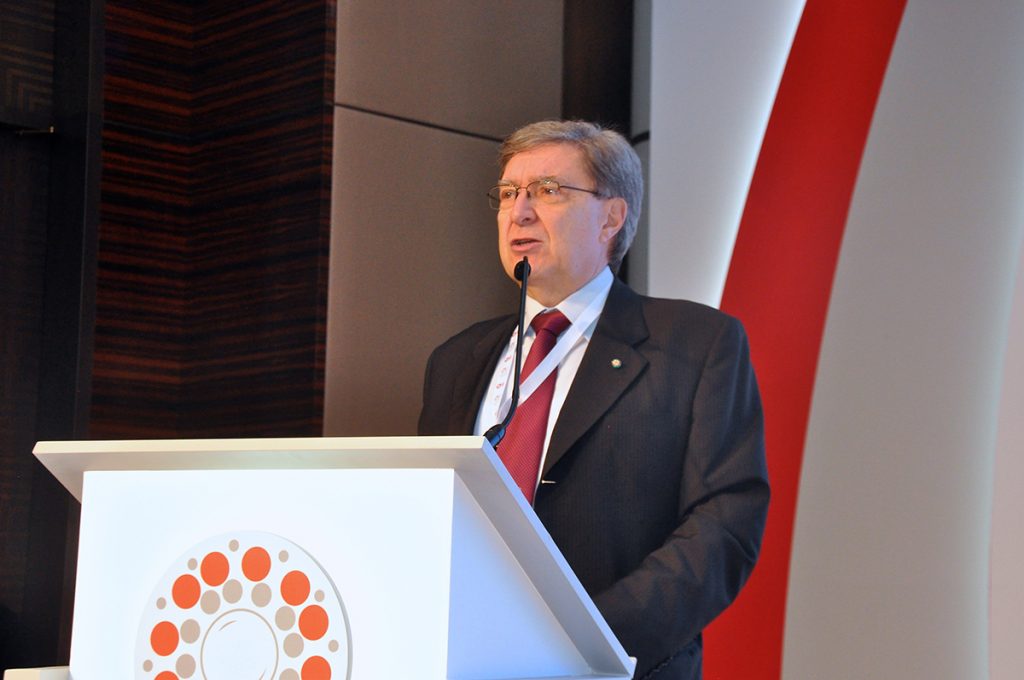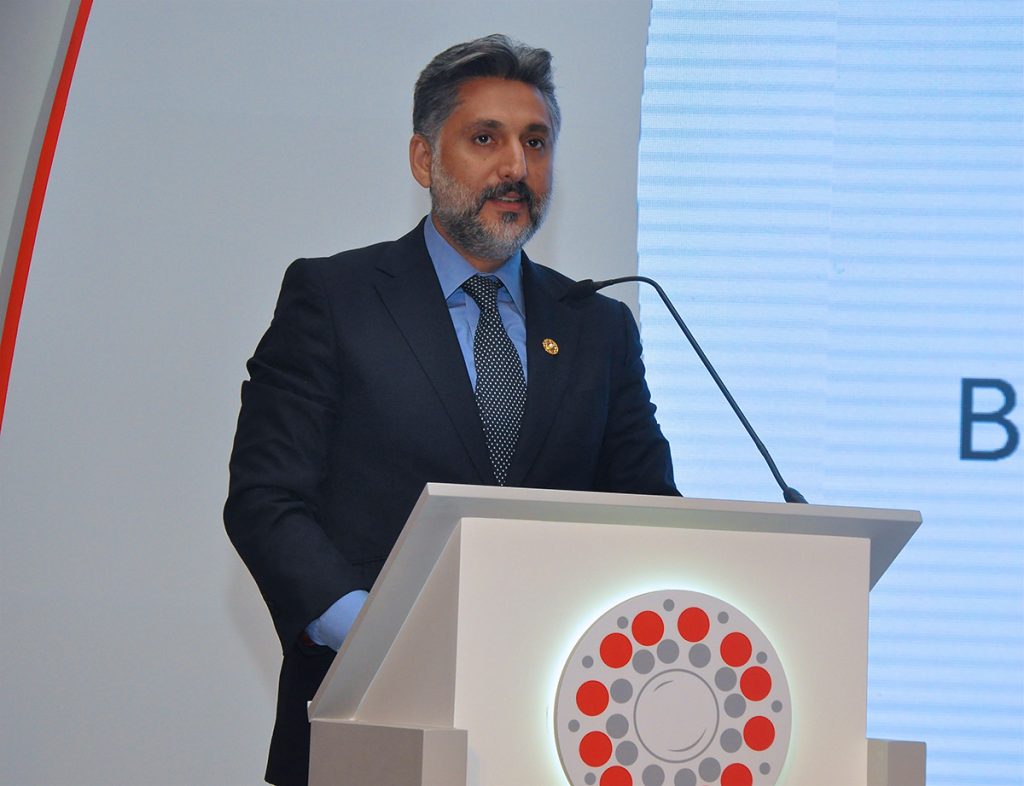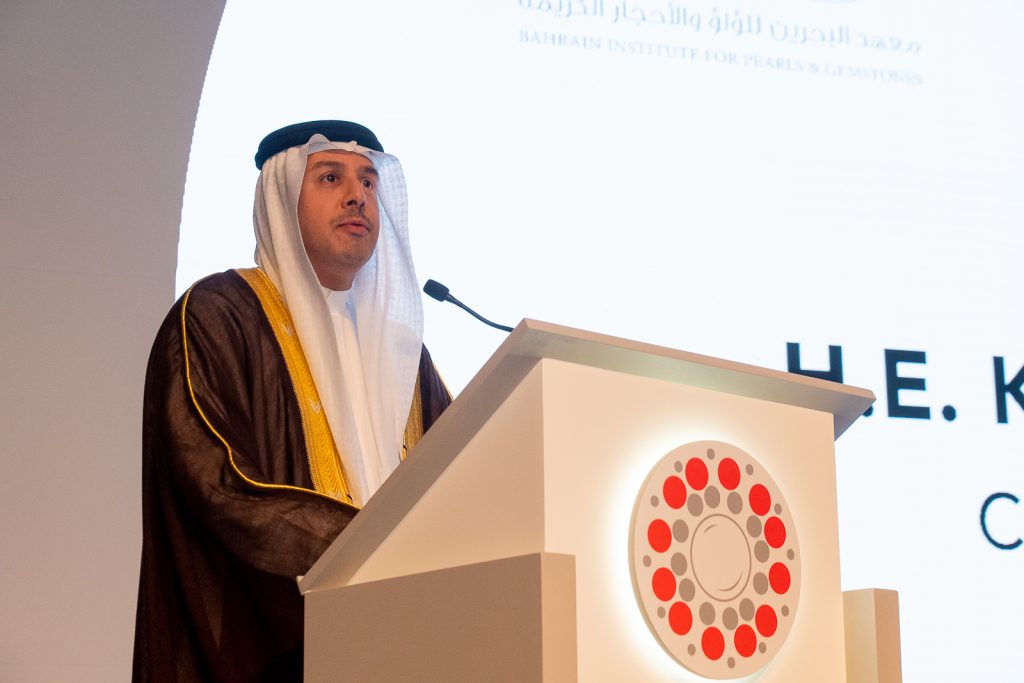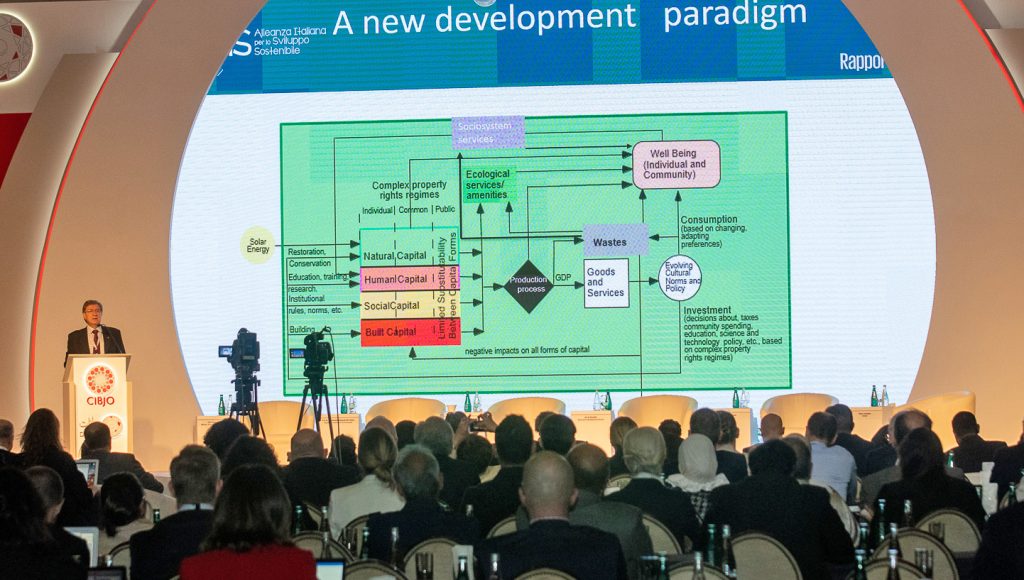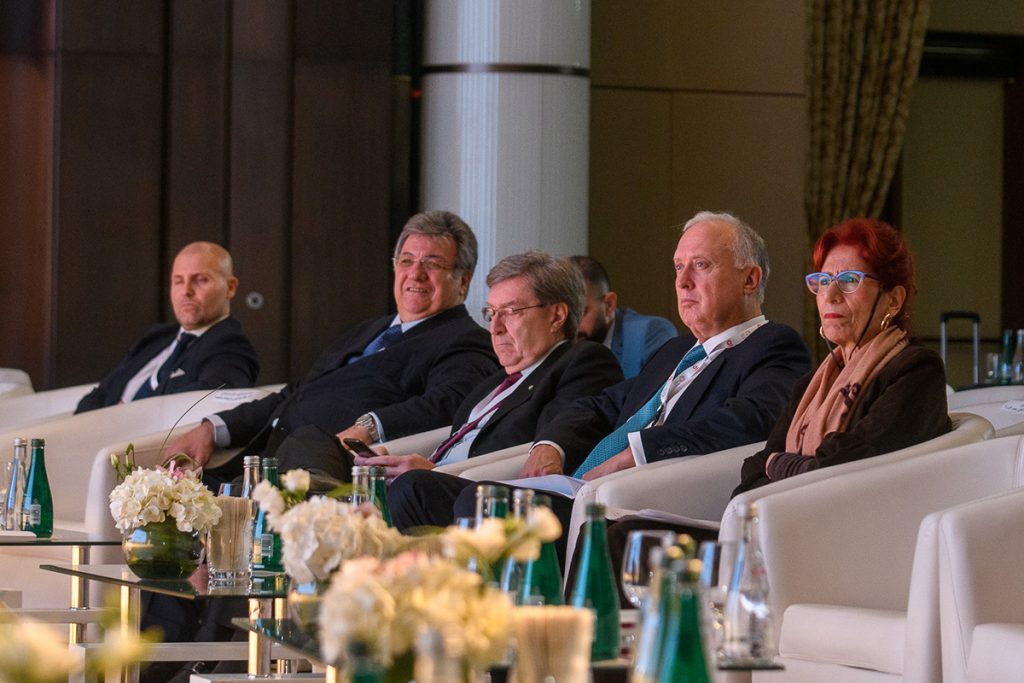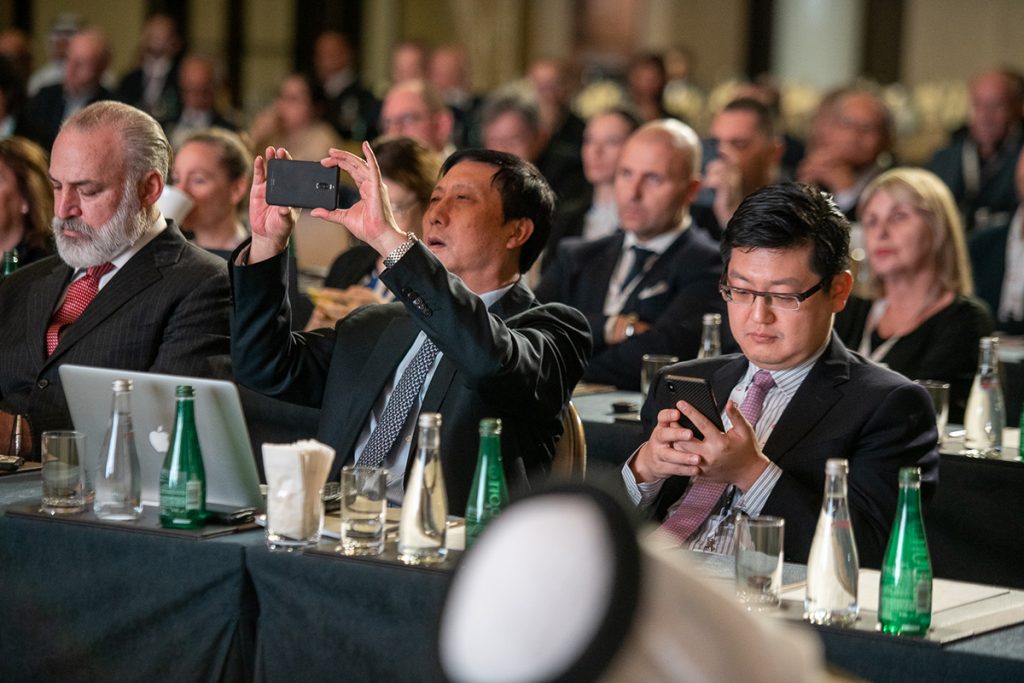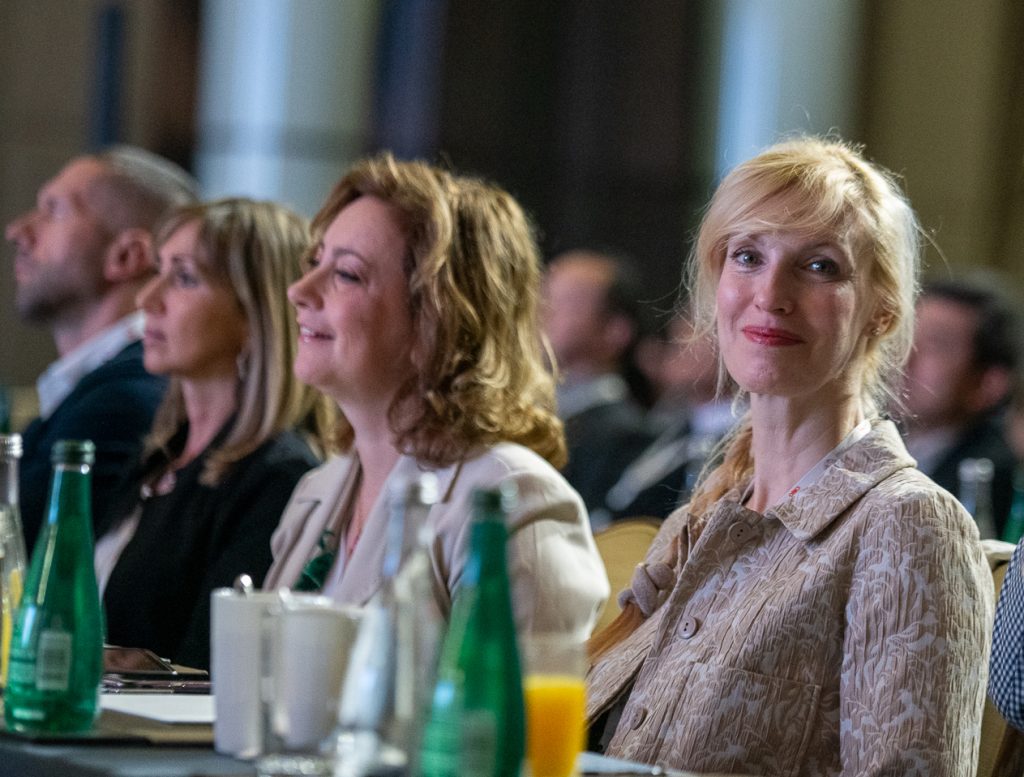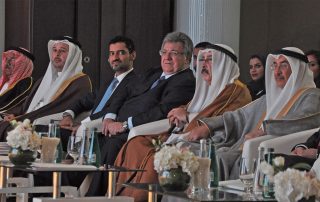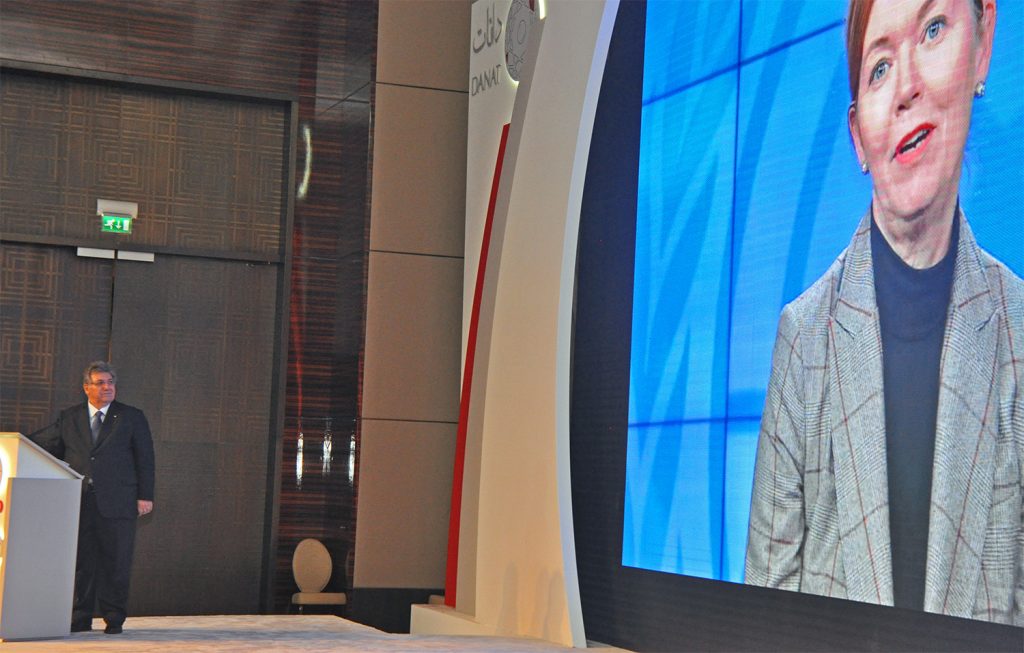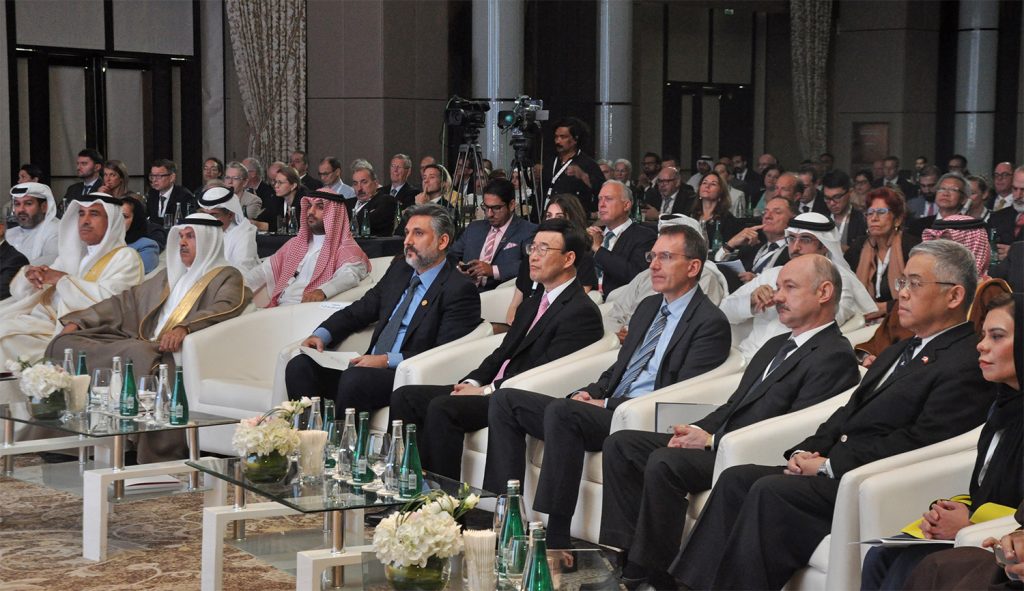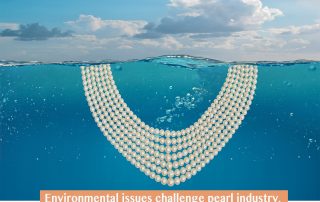Laboratory-Grown Diamond Working Group becomes primary focus of Diamond Commission
ABOVE: Udi Sheintal (left) and Jean-Pierre Chalain, respectively President and Vice President of the CIBJO Diamond Commission, during the body’s session at the CIBJO Congress in Bahrain on November 18, 2019.
NOVEMBER 19, 2019
Laboratory-grown or synthetic diamonds and CIBJO’s new Laboratory-Grown Diamond Working Group was the main subject on the minds of participants in the meeting of the Diamond Commission.
President Udi Sheintal asked the audience how they believed the Diamond Commission should cooperate with the new working group.
“I want to understand how you see us working together,” he told the meeting. “I don’t dispute that synthetics are a product with a market and a future but I want clear rules of engagement about working alongside each other.
Opening up the discussion to the floor, Charles Abouchar said what was needed was a clear definition about how CIBJO will work with the Laboratory-Grown Diamond Working Group. “I would have a problem with a Blue Book for the Laboratory-Grown Diamond Working Group. I think it would be more appropriate if it was an annex to the Diamond Book and not a separate book.
Other comments from the floor were that although laboratory-grown diamonds are a product, a new book was not suitable; and that whether a Blue Book or a guide it should be clear that CIBJO nomenclature is fully applied.
Mr. Sheintal said that comments would be forwarded to Sector A as the next step. “We need to see what shape and form the working group will take. It must use an agreed terminology so that not to confuse the consumer” he said. “I urge a constant dialogue between the Diamond Commission and the Laboratory-Grown Diamond Working Group,” he said in closing the agenda item.
Sheintal also raised the issue of the Retailers Reference Guide since it is 10 years and it was felt that it was time to upgrade it. “We received comments regarding the diamond sections and prepared a new guide. We are all set with the new draft for editing and layout. I thank De Beers, Alrosa and HRD for sharing images,” he commented, adding that there will only be an electronic version. “We took out the parts on laboratory-grown diamonds because it is not a Blue Book, but rather a promotional tool and so we felt we should concentrate purely on diamonds.”
The final issue was HS customs codes for synthetic diamonds. Since no HS codes for rough synthetic diamonds existed, but only codes for unworked synthetics gemstones in general volumes of these stones being imported and exported could not be tracked. CIBJO and the Kimberley Process requested that codes be created, and the World Custom Association has decided that from Sept 1, 2022 there will be different HS codes for rough synthetic diamonds, as well as polished.
Prior to closing the meeting, Mr. Sheintal informed colleagues that 2020 is review year for the Diamond Blue Book and requested any amendments and changes from commission member during the course of 2020.
Finally, Mr. Sheintal gave the floor to Mr. Chalain, Vice President of the Diamond Commission, who announced that synthetic diamonds overgrown on top of natural diamonds have been reported. He advised all diamond grading laboratories, either working on very small scale or on very large scale, to take all the necessary measures so that these artificial products would be positively identified prior to grading. Such measures should include luminescence imaging.

